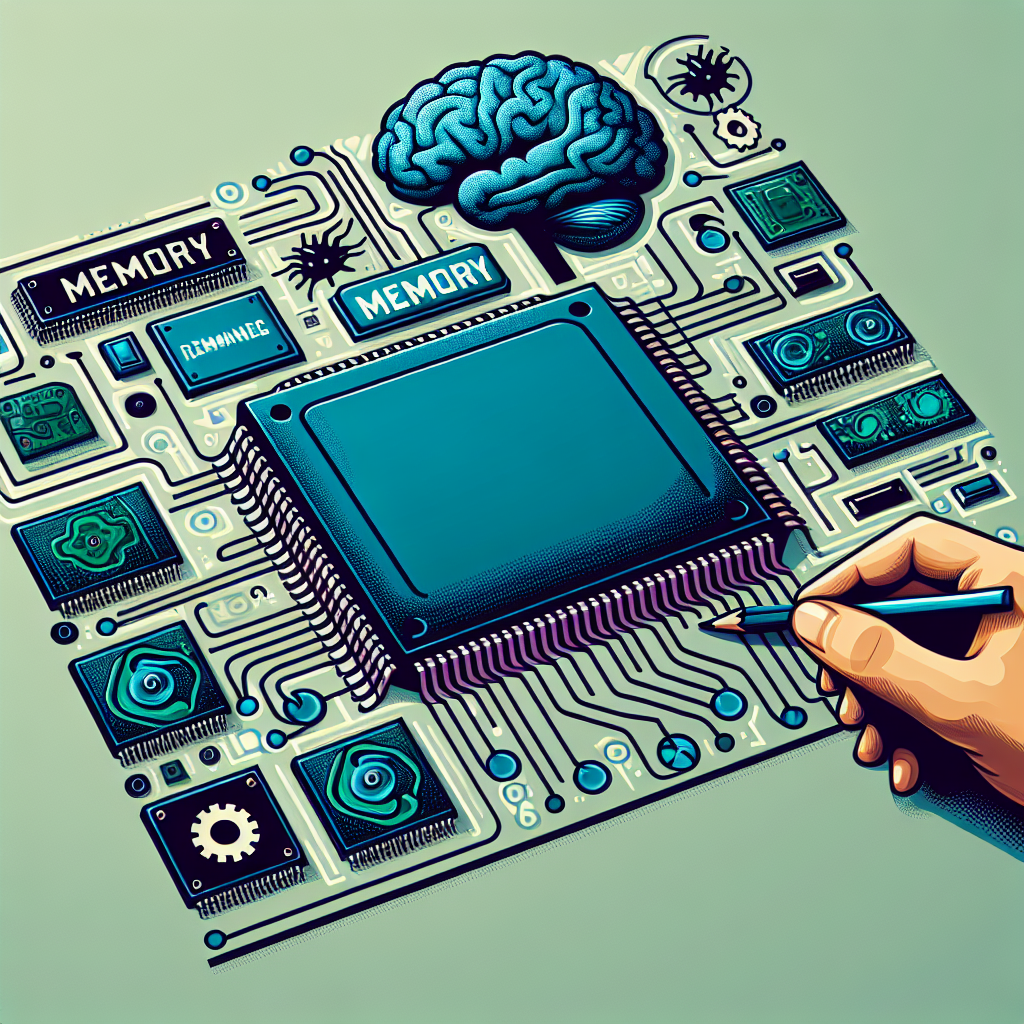In the rapidly evolving world of technology, embedded systems play a pivotal role in numerous applications, from household appliances to advanced industrial machinery. A fundamental component of these systems is memory, which influences their functionality, performance, and efficiency.
The Importance of Memory in Embedded Systems
Memory in embedded systems is essential as it stores both the code executed by the processor and the data used by the applications. The efficient use of memory is critical for the overall performance and reliability of the embedded system.
Key Functions of Memory in Embedded Systems
The memory in embedded systems is responsible for several vital functions, including:
- Storage of Firmware: Memory stores the firmware, which is the software programmed into the read-only memory (ROM) for controlling the hardware.
- Data Storage: Both volatile and non-volatile memory in embedded systems store temporary and permanent data respectively, used during operations.
- Running Applications: Memory provides the necessary space for running applications and processes within the embedded system.
- Buffering and Caching: Helps in buffering temporary data and caching frequently accessed data to enhance performance.
Types of Memory in Embedded Systems
Embedded systems use various types of memory, each serving different purposes. Here’s a look at some common types:
| Memory Type | Description |
|---|---|
| ROM (Read-Only Memory) | Non-volatile memory used to store firmware that’s not expected to change. |
| RAM (Random Access Memory) | Volatile memory used to store data temporarily during operations. |
| EEPROM (Electrically Erasable Programmable Read-Only Memory) | A non-volatile memory that can be reprogrammed and erased electronically. |
| Flash Memory | Non-volatile memory used in applications where data needs to be periodically written and read. |
| SRAM (Static RAM) | Volatile memory that does not need to be periodically refreshed, used for caching. |
| DRAM (Dynamic RAM) | Volatile memory that needs periodic refreshing, used for main memory in systems. |
ROM in Embedded Systems
Read-Only Memory (ROM) is a non-volatile type of memory that retains its contents even when the power is turned off. It is typically used to store the firmware or immutable code. ROM is essential for booting up the system and providing the basic instructions required for the hardware to function properly.
Types of ROM
- PROM (Programmable ROM): Initially blank, can be programmed once by the user.
- EPROM (Erasable Programmable ROM): Can be erased by exposure to UV light and reprogrammed.
- EEPROM (Electrically Erasable Programmable ROM): Can be erased and reprogrammed numerous times using electrical charge.
RAM in Embedded Systems
Random Access Memory (RAM) is volatile, meaning it loses its content when the power is off. It is used for storing data temporarily while the system is operational. RAM is critical for the system’s performance because it provides the space needed for the processor to execute instructions and manage data efficiently.
Types of RAM
- SRAM (Static RAM): Does not need periodic refreshing, faster but more expensive than DRAM.
- DRAM (Dynamic RAM): Needs to be refreshed periodically, slower but less expensive. Commonly used for main memory in systems.
Flash Memory in Embedded Systems
Flash memory is a type of non-volatile memory that is widely used in embedded systems. It provides the advantage of being reprogrammable and erasable. Flash memory is used in applications where the storage of configuration data, logs, and system parameters is necessary.
NOR Flash: Has faster read speeds and is suitable for storing executable code.
NAND Flash: Has faster write and erase speeds, suitable for storing large files and data blocks.
EEPROM in Embedded Systems
Electrically Erasable Programmable Read-Only Memory (EEPROM) is another type of non-volatile memory. It allows multiple reprogramming cycles and is typically used for storing small amounts of data that must be preserved when power is turned off, such as settings or calibration constants.
Advantages of EEPROM
- Reprogrammable: Can be erased and reprogrammed multiple times.
- Non-volatile: Retains information without power.
- Durable: Suitable for applications needing frequent updates to data.
Impact of Memory on System Performance
The type and configuration of memory in an embedded system significantly impact its performance. Efficient memory architecture ensures faster data access, lower power consumption, and overall system reliability.
Factors Affecting Memory Performance
- Speed: Faster memory types reduce latency and improve processing speeds.
- Capacity: Sufficient memory capacity prevents bottlenecks and allows for smoother operation of applications.
- Power Consumption: Low-power memory options are crucial for battery-operated embedded systems.
- Durability: Memory that withstands frequent read/write cycles extends system lifespan and reliability.
Conclusion
In conclusion, memory serves as a cornerstone in the functionality and efficiency of embedded systems. Understanding the different types of memory and their roles helps in designing embedded systems that are robust, reliable, and performant. Whether it’s ROM, RAM, Flash, or EEPROM, each memory type contributes uniquely to the system’s overall operation, ensuring that it meets the specific requirements of various applications.

